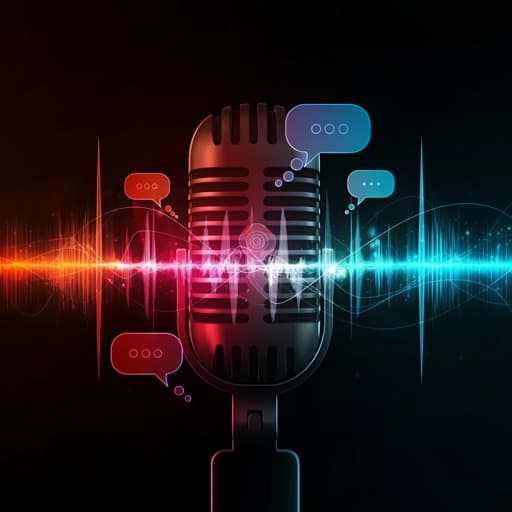
Computer Science
SpokenWOZ: A Large-Scale Speech-Text Benchmark for Spoken Task-Oriented Dialogue in Multiple Domains
S. Si, W. Ma, et al.
Discover the groundbreaking SpokenWOZ dataset, a large-scale speech-text resource for task-oriented dialogue, featuring over 203k turns and 249 hours of real human interactions. This research, conducted by an accomplished team from Alibaba Group and the University of Michigan, tackles the complexities of spoken language that traditional text datasets often overlook.
~3 min • Beginner • English
Related Publications
Explore these studies to deepen your understanding of the subject.







